All in One Category
This form of display is regarded as convenient for various reasons. If anything, its name already gives you a clue about its nature. In the broadest terms, this form of display describes its design.
Depending on the use case, LED displays can be installed and designed in diverse form factors. For instance, the large LED backdrops on a stage need to be assembled from individual LED panels to form an extensive and cohesive screen. While this approach is applicable to this use case, it is time-consuming and expensive.
However, when you need a relatively smaller LED display for indoor use, you would presumably look for a suitable implementation. You need something that is easy to assemble, matches the indoor decor, and perhaps easy to move around. This is where the all-in-one LED display comes in handy.
In other words, an all-in-one LED display is an integrated LED display that houses all the useful components in one to form a cohesive unit. Think of a television set. This form of display centralizes all aspects of control into one. This will become clearer as we learn more about these types of displays.
Features
This design of LED display has many distinct features that make it stand out from other forms of display. Most of these features will help you understand this type of display better. They include the following:
- Bezel-less display
Bezels are the outer borders of the screen that extend from the outer chassis of the whole display. The size of a bezel varies from one type of design to the other. Some have large and others have thin bezels. Then we have the bezel-less displays.
An all-in-one LED display has no bezels. In other words, the screens are edge-to-edge. While this might present a risk when handling, it is beneficial for the desired viewing experience. A bezel-less display ensures that the individual LED panels create a consistent display when stacked together.
- Wireless connectivity
The majority of the uses of an all-in-one LED display demand wireless connectivity. You will find that you want to link devices to the screen during meetings or presentations. In such cases, seamless wireless connectivity will have to be relied upon.
Wireless connectivity is supported by a performance LED controller. Most all-in-one LED displays come equipped with state-of-the-art controllers that facilitate smooth connectivity across a wide range of devices.
- Audio-visual (AV) compatibility
The lack of an audio component in most direct-view LED screens is prevalent. In effect, they limit use cases. That is not the case with an all-in-one LED display. These LED displays are able to transmit audio synced with the visual being displayed. This compatibility is either enabled by an audio output interface or an integrated speaker.
- Ultra-thin modules
Most of the LED displays in the market are thin for a reason. On one hand, it helps enhance the aesthetics of the display. Also, a thin display serves the functional purpose of not consuming a lot of space where it is installed.
LED displays are ultra slim because of one major reason. Essentially, LED panels that make up the display consist of tiny LEDs encapsulated or directly mounted to the main circuit board. Since the LEDs make up the main display, this approach cuts down the thickness significantly. This is unlike other display technologies like LCD which have multiple layers of components.
- Fast and easy installation
This is one of the major features of this type of LED display. A professional technician can set up the system in under two hours. In most cases, some of these types of displays are pre-assembled and packed in their secure boxes. All you have to do is plug-n-play using one power source that powers the display and other motorized functions.
- Cable-less design
Sticking with the theme of aesthetics and simplicity, an all-in-one LED display is usually equipped with one or two cables. The LED panels connect to each other using special connectors that transfer data during image stitching.
The cable-less design also serves a functional purpose. Provided that these LED displays are usually mobile, it could pose a danger if they have many cables dangling about. For instance, cables could obstruct the movements of people in the room or disrupt the display if accidentally unplugged.
- Multiple input sources
Input sources are interfaces where peripheral components or systems can be plugged into the display. The availability of multiple input sources gives you the flexibility to control the display using different devices and systems.
An all-in-one LED display has USB, HDMI, VGA, DVI, SDI, CVBS, and DP interfaces. Each of these interfaces has specific use cases where they are applicable. The goal of having multiple input sources is to account for the variety of devices that are compatible with these LED displays.
- High-resolution and pixel-density displays
The resolution of an LED display depends on factors like pixel density and pixel pitch. These aspects represent the number of pixels on the display and the distance between pixels, respectively.
High pixel density and small pixel pitch contribute to a high-resolution display. This ensures that the visuals are clear from multiple viewing angles and distances. The colors are vibrant and the display is bright enough regardless of the ambient light. Such a feature is essential when you are using the LED display for presentations.
- Built from durable materials
Durability is an essential feature that promotes the longevity of your LED display. When talking about durability, the idea is that the components of this LED display are made from materials that can tolerate several stressors.
Primarily, a standard all-in-one LED display would be dust-proof, scratch-proof, and other possible factors that might ruin the display. If the LED display is to be moved around a lot, durability is a must-have feature. It ensures the display is protected when in storage for a consistent experience at all times.
- Modular form factor
In the context of an all-in-one LED display, modular means that the whole setup can be configured in different orientations, shapes, and sizes. Essentially, you can construct the LED display in any design to match your preferences. This flexibility gives you the power to design a bespoke LED display.
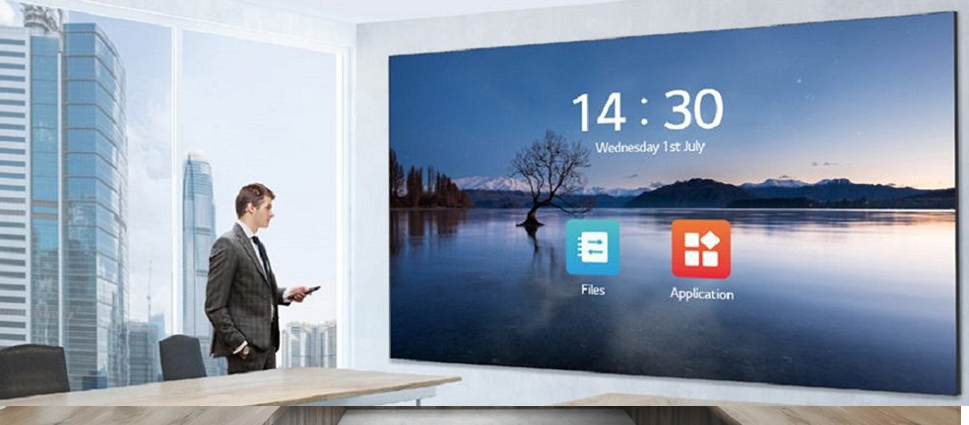
What AET offers?
AET’s Dream-wall is in the category of All in one.
- Dream-wall:
Dream-wall is a immersive big interactive display which is effortless compatible with all kinds of OS. It has a wireless screen projection with split screen display. It’s screen comes with standard resolution with ultra slim cabinet and optional touch screen option.
Dream wall uses III rd generation standard architectural design with optional Bluetooth, microphone & HD camera connectivity option. It’s high level of hardness and harsh environmental protection and allowed various installation methods makes it an all purpose display. With several presentation modes, it is most widely used in office and conferencing applications.
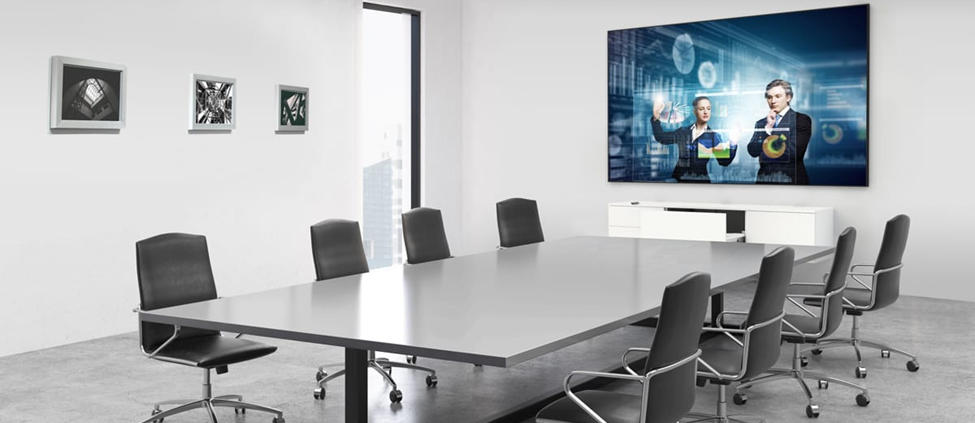






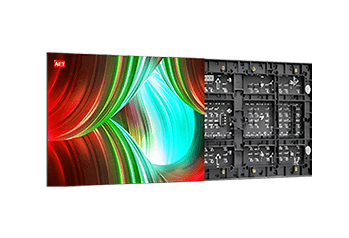


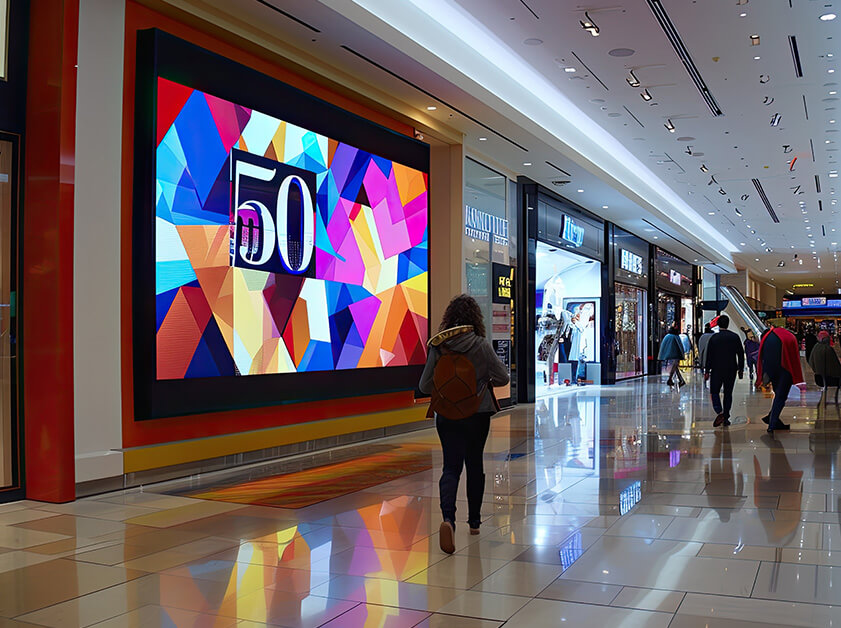
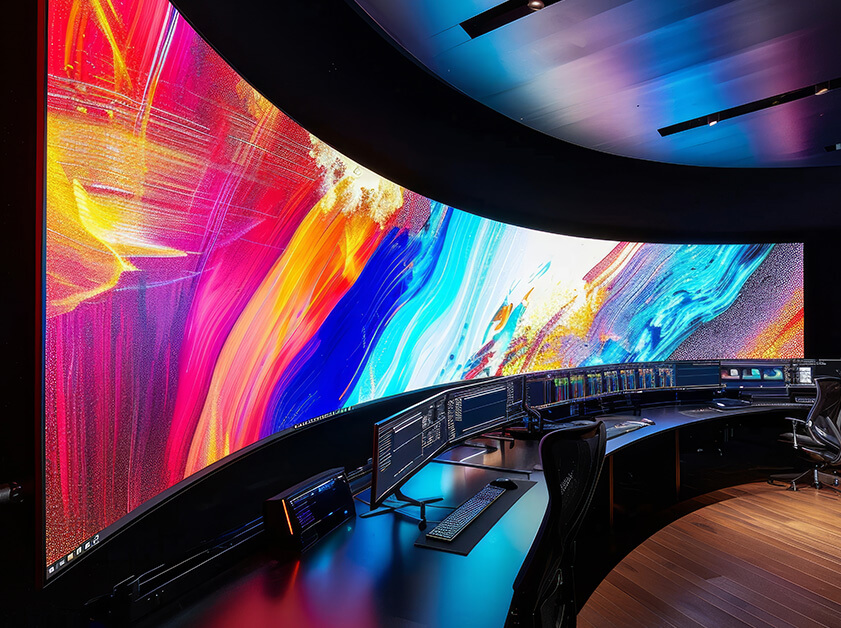

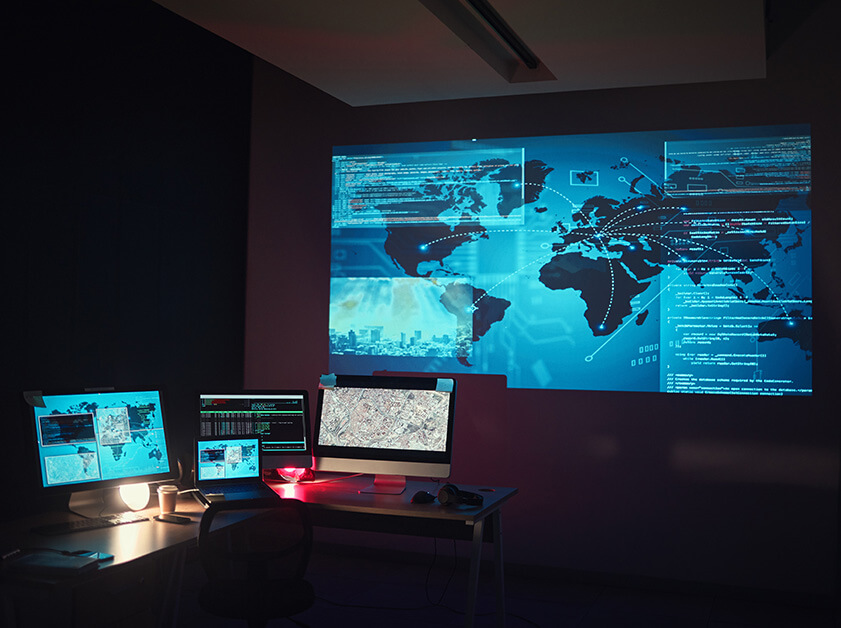
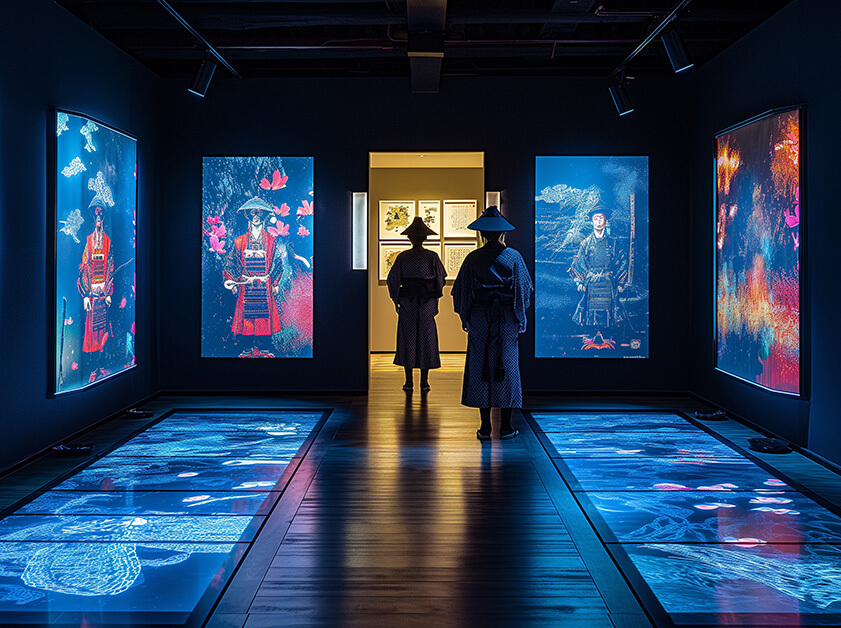
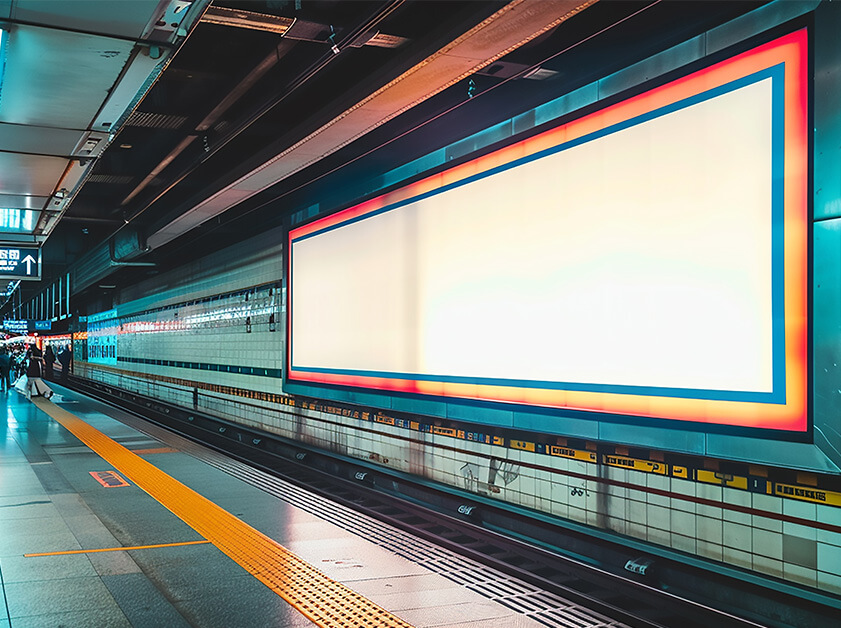

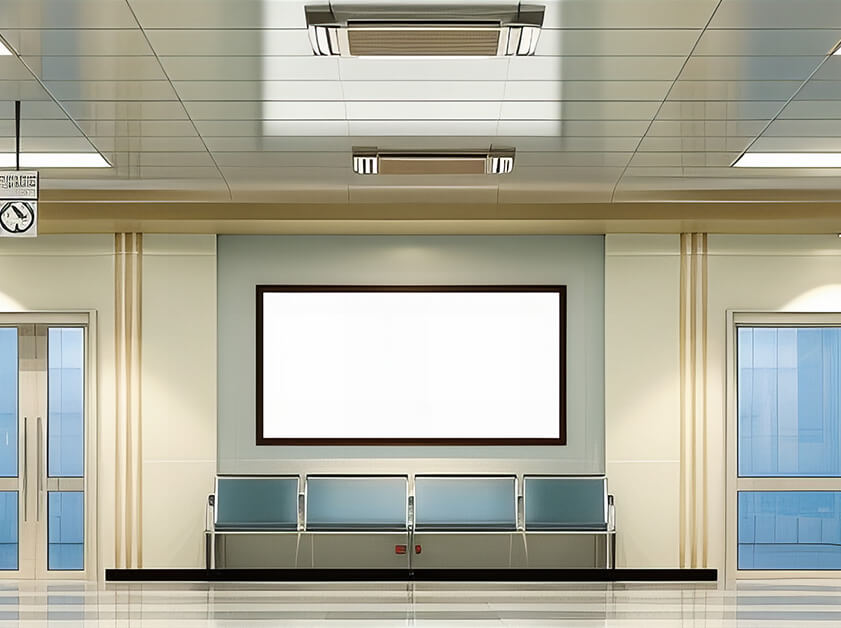


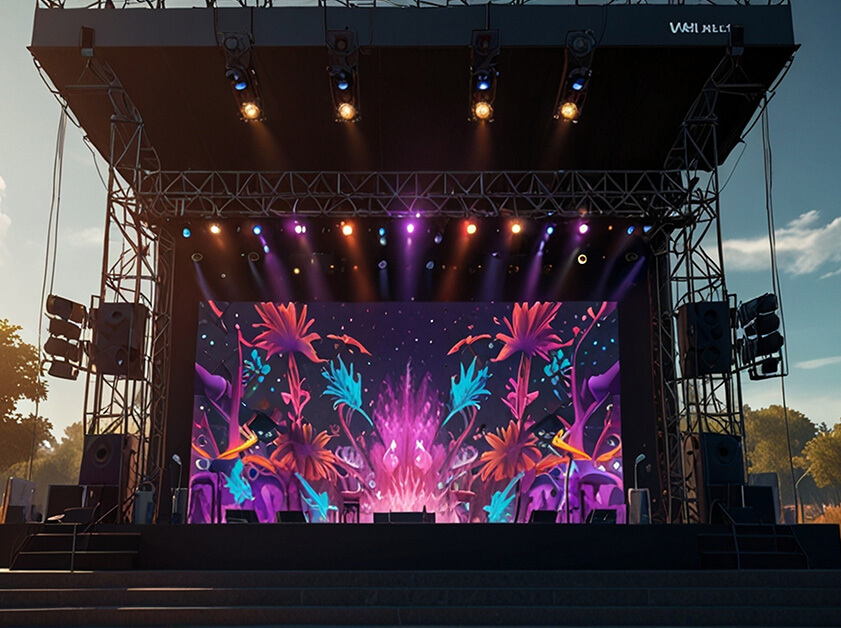













0 Comments